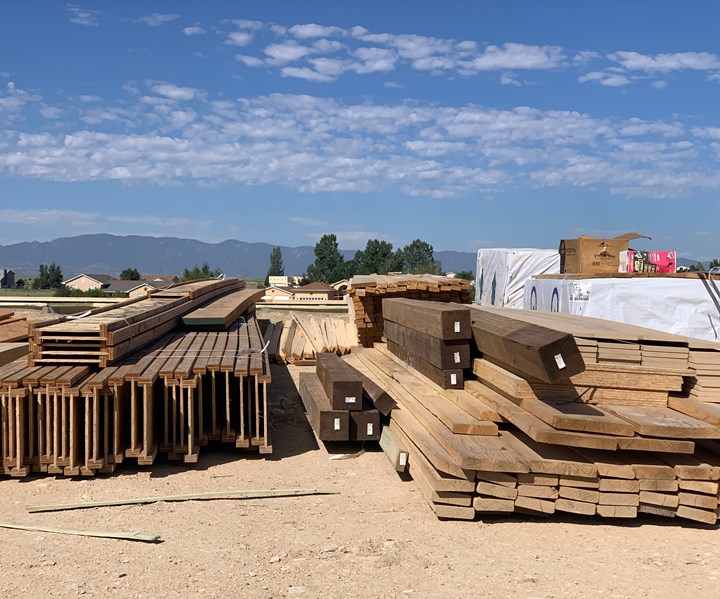High-Performance Composites for Eco-Friendly Building And Construction
High-Performance Composites for Eco-Friendly Building And Construction
Blog Article
From Waste to Wonder: How Recycled Composites Are Reinventing Different Applications
As markets worldwide are progressively prioritizing sustainability and environmental obligation, the usage of recycled compounds has emerged as a transformative service across various markets. From enhancing the efficiency of automobile elements to offering lasting alternatives in building and construction materials, the applications of recycled compounds are huge and promising. By repurposing waste materials into cutting-edge composite frameworks, suppliers are not only reducing their ecological footprint yet additionally opening a world of opportunities for producing durable, effective, and environment-friendly items. The implications of this change in the direction of reused composites are profound, proclaiming a brand-new era of sustainable methods and technological developments that are improving markets in unexpected ways (composites).
The Rise of Recycled Composites
The increasing fostering of recycled composites in different industries reflects a growing recognition of their economic and ecological advantages. Recycled compounds, originated from products such as redeemed carbon fiber or recycled plastics, use a sustainable option to traditional materials without endangering on efficiency. Industries ranging from vehicle and building to aerospace and durable goods are increasingly transforming to recycled compounds to meet their production requirements.
One trick vehicle driver behind the surge of recycled compounds is the press towards sustainability and eco-friendliness. Firms are under raising pressure to decrease their carbon impact and lessen waste generation. Recycled compounds give a service by utilizing products that would or else wind up in garbage dumps, therefore promoting a circular economy.
Additionally, the economic benefits of utilizing recycled composites can not be disregarded. These products are commonly more cost-effective than their virgin counterparts, offering companies a method to minimize production prices without sacrificing top quality. As developments in recycling innovations proceed to improve, the fostering of recycled compounds is anticipated to more increase across diverse sectors.
Benefits in Automotive Industry

Sustainable Solutions in Construction
Including lasting methods in building tasks is crucial for lessening environmental influence and advertising lasting viability in the built setting. With the building and construction sector being one navigate to these guys of the largest contributors to carbon emissions and waste generation around the world, the adoption get redirected here of sustainable remedies is essential in minimizing these unfavorable results. Recycled composites are playing a considerable function in transforming building techniques by providing a more eco-friendly choice to conventional building materials.
Recycled compounds, originated from products such as reclaimed rubber, wood, and plastic, provide a sustainable option for various building and construction applications. These materials not just aid in decreasing waste yet likewise provide strength, flexibility, and sturdiness similar to traditional building materials. By incorporating recycled compounds into structure layouts, construction jobs can contribute to resource conservation and power efficiency while preserving high efficiency standards.
Furthermore, using recycled compounds in construction straightens with the expanding need for environment-friendly buildings and lasting facilities. As ecological regulations end up being more stringent and the focus on sustainability increases, the construction market is significantly turning to recycled compounds as a viable service for creating eco-conscious buildings and frameworks.
Eco-Friendly Innovations in Packaging
Naturally degradable materials such as mushroom product packaging, seaweed-based films, and compostable plastics use appealing options to the plastic pollution dilemma. These innovative materials not only disintegrate naturally, reducing environmental effect, but also give comparable performance and longevity to conventional packaging alternatives.
In addition, the assimilation of recycled materials right into product packaging manufacturing processes better boosts sustainability efforts. By integrating post-consumer recycled content, firms can lower the need for virgin products, preserve all-natural resources, and advertise a round economic climate in the product packaging sector.
Transforming Textiles With Recycled Composites
In the realm of sustainable materials, the focus now moves in the direction of transforming fabrics with the innovative use of recycled compounds. This development in fabric manufacturing is driven by the pressing demand for more environmentally friendly methods in the fashion and fabric sectors. Recycled composites provide an appealing solution by integrating products like plastics, carbon fiber, and glass fiber to create functional and durable textiles.
One of the crucial benefits of making use of recycled compounds in fabrics is the ability to repurpose waste products that would certainly otherwise finish up in garbage dumps. By including recycled elements into fabrics, suppliers can reduce their environmental effect and contribute to a much more circular economy - composites. In addition, textiles made from recycled composites typically display boosted toughness, strength, and efficiency attributes, making them suitable for a vast array of applications
As consumer demand see this site for sustainable products proceeds to increase, the fostering of recycled compounds in textiles is positioned to expand considerably. This change towards even more environmentally pleasant fabric manufacturing not only benefits the earth yet also opens up new possibilities for development and imagination in the fashion and fabric sectors.
Conclusion

From enhancing the efficiency of automobile components to supplying lasting choices in construction materials, the applications of recycled composites are promising and large. Recycled compounds, obtained from materials such as reclaimed carbon fiber or recycled plastics, use a lasting alternative to conventional products without compromising on performance. Furthermore, the use of recycled composites promotes the circular economic situation by drawing away waste from garbage dumps and reducing the demand for virgin raw materials - composites.Recycled composites, obtained from materials such as reclaimed wood, plastic, and rubber, offer a sustainable alternative for different building applications.In the realm of lasting products, the emphasis now shifts towards transforming textiles with the cutting-edge usage of recycled compounds
Report this page